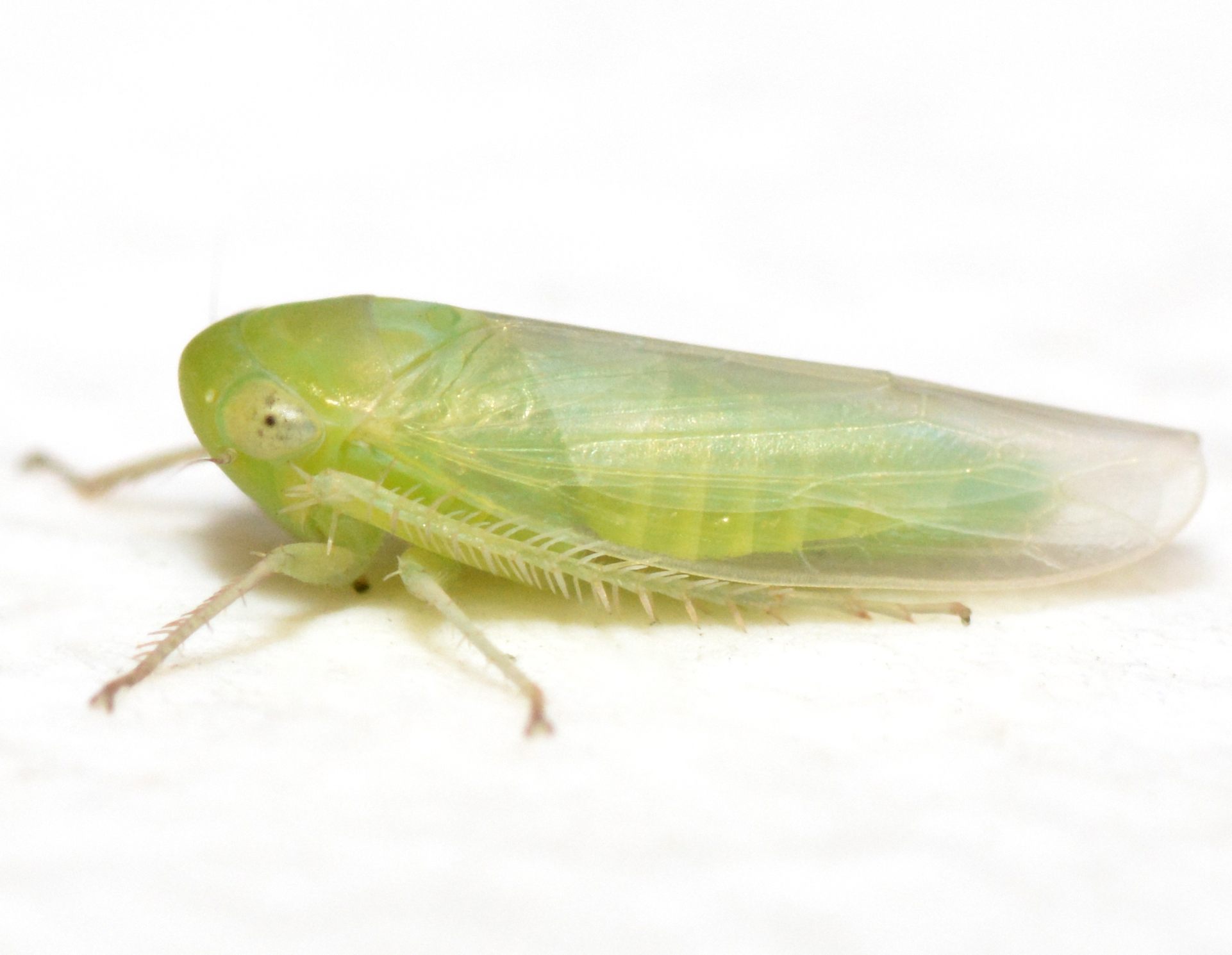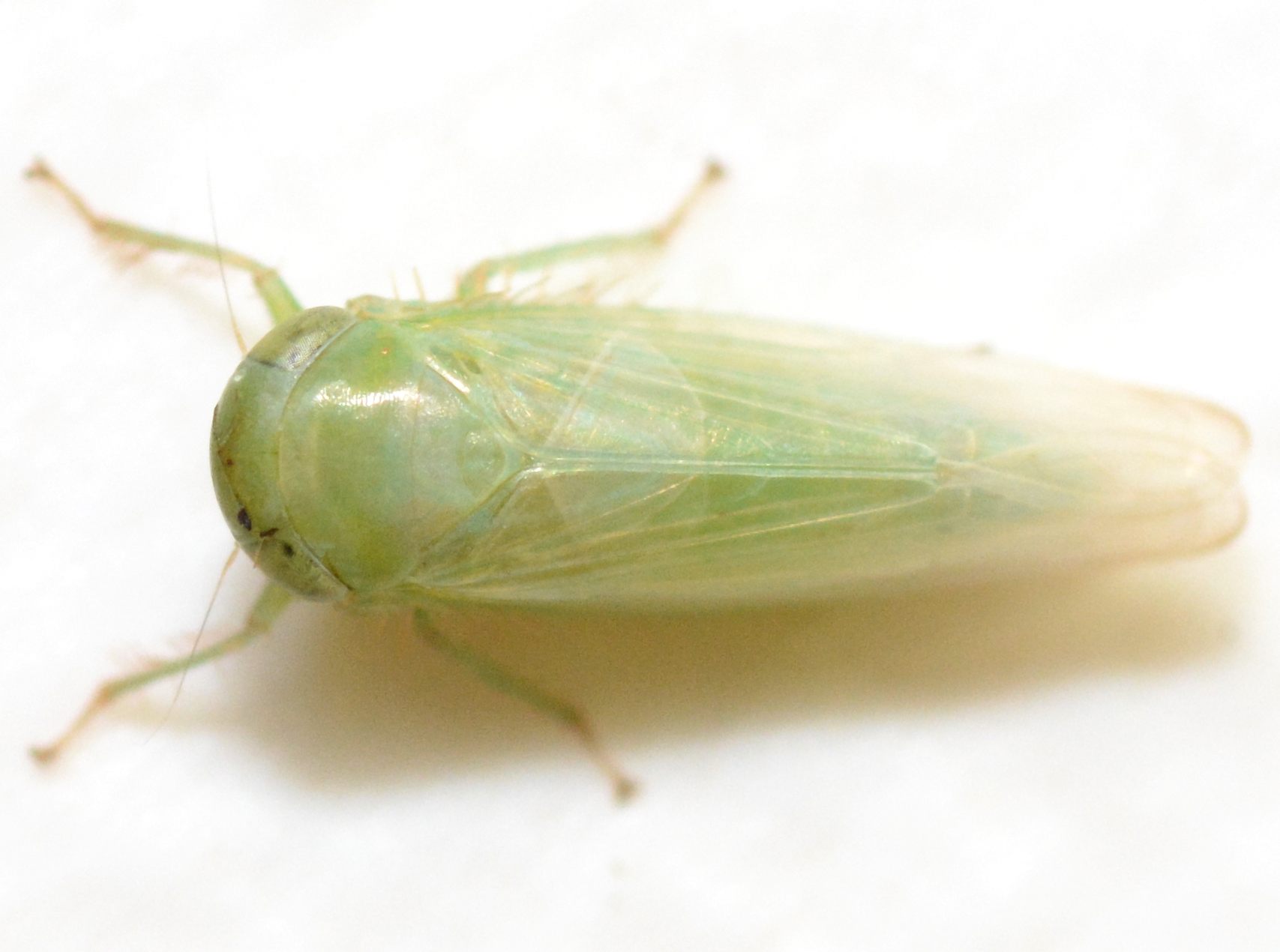Species Photo Gallery for Chlorotettix viridius No Common Name 43 |
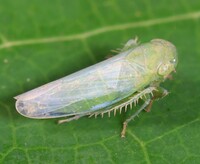 | Photo by: Rob Van Epps
Iredell Co.
Comment: Caught sweeping in grassy, weedy area. |  | Photo by: Rob Van Epps
Iredell Co.
Comment: Caught sweeping in grassy, weedy area. |
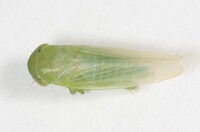 | Photo by: Rob Van Epps
Mecklenburg Co.
Comment: Approximately 6.2mm. Caught sweeping in weedy field. |  | Photo by: Rob Van Epps
Mecklenburg Co.
Comment: Approximately 6.2mm. Caught sweeping in weedy field. |
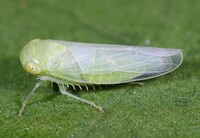 | Photo by: Rob Van Epps
Mecklenburg Co.
Comment: Caught sweeping in weedy field. | 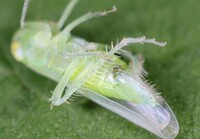 | Photo by: Rob Van Epps
Mecklenburg Co.
Comment: Caught sweeping in weedy field. |
 | Photo by: Bo Sullivan
Carteret Co.
Comment: male; sweeping | 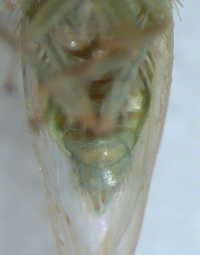 | Photo by: Bo Sullivan
Carteret Co.
Comment: male; sweeping |
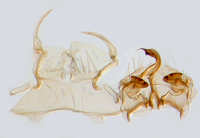 | Photo by: Bo Sullivan
Carteret Co.
Comment: male; sweeping | 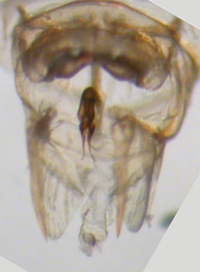 | Photo by: Bo Sullivan
Carteret Co.
Comment: male; sweeping |
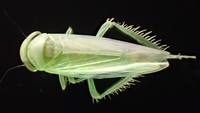 | Photo by: Erich Hofmann
New Hanover Co.
Comment: | 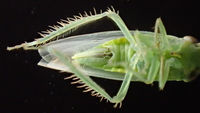 | Photo by: Erich Hofmann
New Hanover Co.
Comment: |
 | Photo by: Erich Hofmann
New Hanover Co.
Comment: | 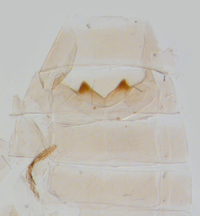 | Photo by: Bo Sullivan
Ashe Co.
Comment: female |
 | Photo by: Bo Sullivan
Ashe Co.
Comment: female | 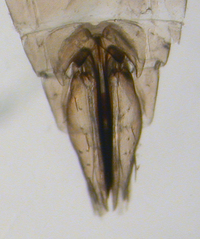 | Photo by: Bo Sullivan
Ashe Co.
Comment: female |
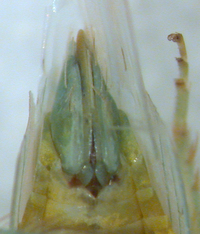 | Photo by: Bo Sullivan
Ashe Co.
Comment: female | 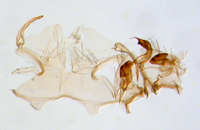 | Photo by: Bo Sullivan
Brunswick Co.
Comment: male |
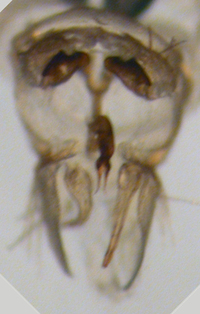 | Photo by: Bo Sullivan
Brunswick Co.
Comment: male | 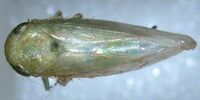 | Photo by: Bo Sullivan
Brunswick Co.
Comment: male |
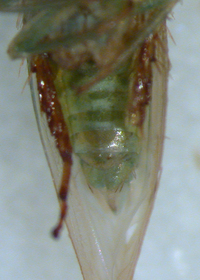 | Photo by: Bo Sullivan
Brunswick Co.
Comment: male | 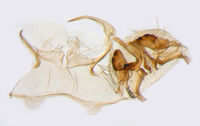 | Photo by: J. Bolling Sullivan
Carteret Co.
Comment: male and female |
 | Photo by: J. Bolling Sullivan
Carteret Co.
Comment: male and female | 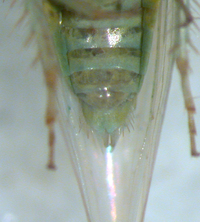 | Photo by: J. Bolling Sullivan
Carteret Co.
Comment: male and female |
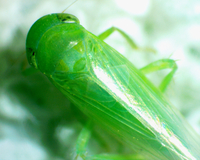 | Photo by: Ken Kneidel
Mecklenburg Co.
Comment: 6 mm female, sweep through extensive area of weedy vegetation |  | Photo by: Ken Kneidel
Mecklenburg Co.
Comment: 6 mm female, sweep through extensive area of weedy vegetation |
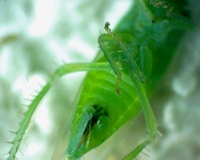 | Photo by: Ken Kneidel
Mecklenburg Co.
Comment: 6 mm female, sweep through extensive area of weedy vegetation | 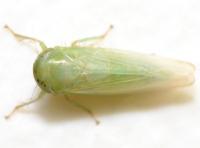 | Photo by: Kyle Kittelberger, Brian Bockhahn, Paul Scharf
New Hanover Co.
Comment: coastal sand dune grass; female, 6.0 mm |
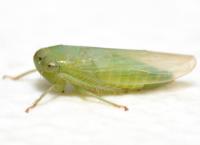 | Photo by: Kyle Kittelberger, Brian Bockhahn, Paul Scharf
New Hanover Co.
Comment: coastal sand dune grass; female, 6.0 mm | 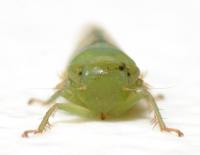 | Photo by: Kyle Kittelberger, Brian Bockhahn, Paul Scharf
New Hanover Co.
Comment: coastal sand dune grass; female, 6.0 mm |
 | Photo by: Kyle Kittelberger, Brian Bockhahn, Paul Scharf
New Hanover Co.
Comment: coastal sand dune grass; female, 6.0 mm | 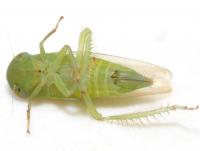 | Photo by: Kyle Kittelberger, Brian Bockhahn, Paul Scharf
New Hanover Co.
Comment: coastal sand dune grass; female, 6.0 mm |
 | Photo by: Kyle Kittelberger, Brian Bockhahn
Rockingham Co.
Comment: | 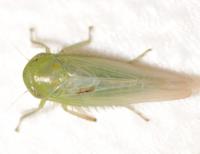 | Photo by: Kyle Kittelberger, Brian Bockhahn
Rockingham Co.
Comment: |
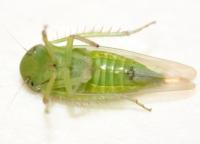 | Photo by: Kyle Kittelberger, Brian Bockhahn
Rockingham Co.
Comment: | 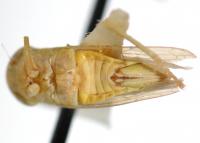 | Photo by: Kyle Kittelberger
Out Of State Co.
Comment: male and females; NCSU specimens |
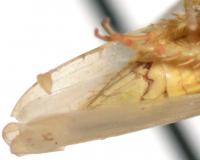 | Photo by: Kyle Kittelberger
Out Of State Co.
Comment: male and females; NCSU specimens | 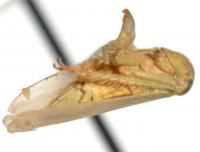 | Photo by: Kyle Kittelberger
Out Of State Co.
Comment: male and females; NCSU specimens |
 | Photo by: Kyle Kittelberger
Out Of State Co.
Comment: male; NCSU specimen |  | Photo by: Kyle Kittelberger, Brian Bockhahn
Harnett Co.
Comment: female, 5.7 mm |
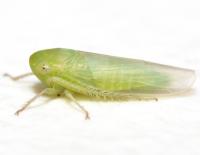 | Photo by: Kyle Kittelberger, Brian Bockhahn
Harnett Co.
Comment: female, 5.7 mm | 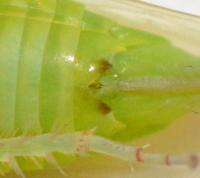 | Photo by: Kyle Kittelberger, Brian Bockhahn
Harnett Co.
Comment: female, 5.7 mm |
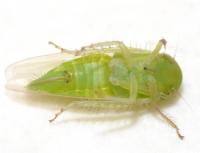 | Photo by: Kyle Kittelberger, Brian Bockhahn
Harnett Co.
Comment: female, 5.7 mm |

 »
»